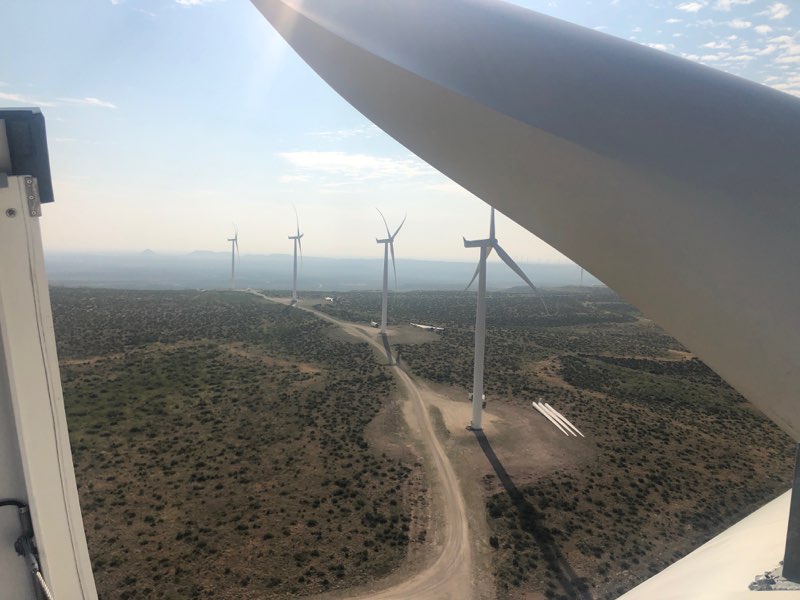Scientists, doctor weigh in on wind and health
This past week saw two strong public statements on the sound emitted by wind turbines and the broader (positive) public health effects of wind energy.
The first article, largely concerned directly with wind turbine sound, appeared in the Oregonian and was authored by Robert McCunney, Robert Dobie, and David Lipscomb. McCunney is a research scientist in occupational and environmental medicine at MIT's Department of Biological Engineering. Dobie is a clinical professor of otolaryngology at both the University of Texas-San Antonio and the University of California-Davis. Lipscomb is president of Correct Service, Inc., in Stanwood, Wash. All three were members of an expert panel assembled in 2009 by the American Wind Energy Association (AWEA) and Canadian Wind Energy Association (CanWEA) to survey the scientific literature on wind turbine sound.
Messrs. McCunney, Dobie and Lipscomb begin with a flat statement: “While there are legitimate issues worth debating with regard to wind energy development, public health impacts are not among them.” (emphasis added) They add, “While opponents of wind energy have attempted to use self-published reports to block projects, the science is clear. Independent studies conducted around the world consistently find that wind farms have no direct impact on physical health. In fact, with no air or water pollution emissions, wind energy is essential to reducing public health impacts from the energy sector.”
The second article, aimed more at the contrast between wind and dirty energy, appeared in the Toronto Star and was authored by Gideon Forman, Executive Director of the Canadian Association of Physicians for the Environment. Entitled “Healthy Wind Blows Away Toxic Coal,” it discusses the effects of Ontario’s energy plan, which envisions the installation of more wind generation and the early shuttering of two coal-fired power plants.
Noting an ongoing controversy in the province between physicians (anti-coal) and anti-wind groups in the province, Mr. Forman writes, “But in the midst of this ruckus, there’s an often-missed and very important distinction to be made: Coal plants are inherently harmful while wind turbines are not.
“When you burn fossil fuel, you produce toxic by-products. In fact, at their peak Ontario’s coal plants emit the greenhouse gases of 7 million automobiles. The plants also release lead and mercury (brain poisons), dioxin (an endocrine disrupter), chromium and arsenic (carcinogens), and sulphur dioxide and nitrogen oxide (which cause acid rain).”
By contrast, he adds, wind turbines are “essentially benign”: whatever concerns there may be about them (sound, bird collisions, etc.) can be addressed by proper placement or setbacks.
“Coal’s destructiveness is enormous. In Ontario alone it causes $371 million in environmental harm (e.g., the expense of greenhouse gas controls) and $3 billion in health damages annually, according to a study done for the Ministry of Energy. This is in addition to its harrowing human cost: 246 deaths and more than 120,000 people made sick (e.g., with asthma attacks) each year.
“Ontario has promised to completely eliminate the use of this fuel by 2014, but a high-profile group of health organizations — including the Ontario College of Family Physicians, the Asthma Society of Canada, the Lung Association, and the Registered Nurses’ Association of Ontario — are urging Queen’s Park to shutter the plants by the end of 2010 …
“A speedy end to coal would be Ontario’s gift to the world, the single largest GHG [greenhouse gas] reduction project in North America and a powerful precedent capable of pushing other jurisdictions into action.”
Related articles:
Wind turbine sound: The neighbors speak, March 18, 2010
Expert panel concludes wind turbine sounds not harmful to human health, December 15, 2009



